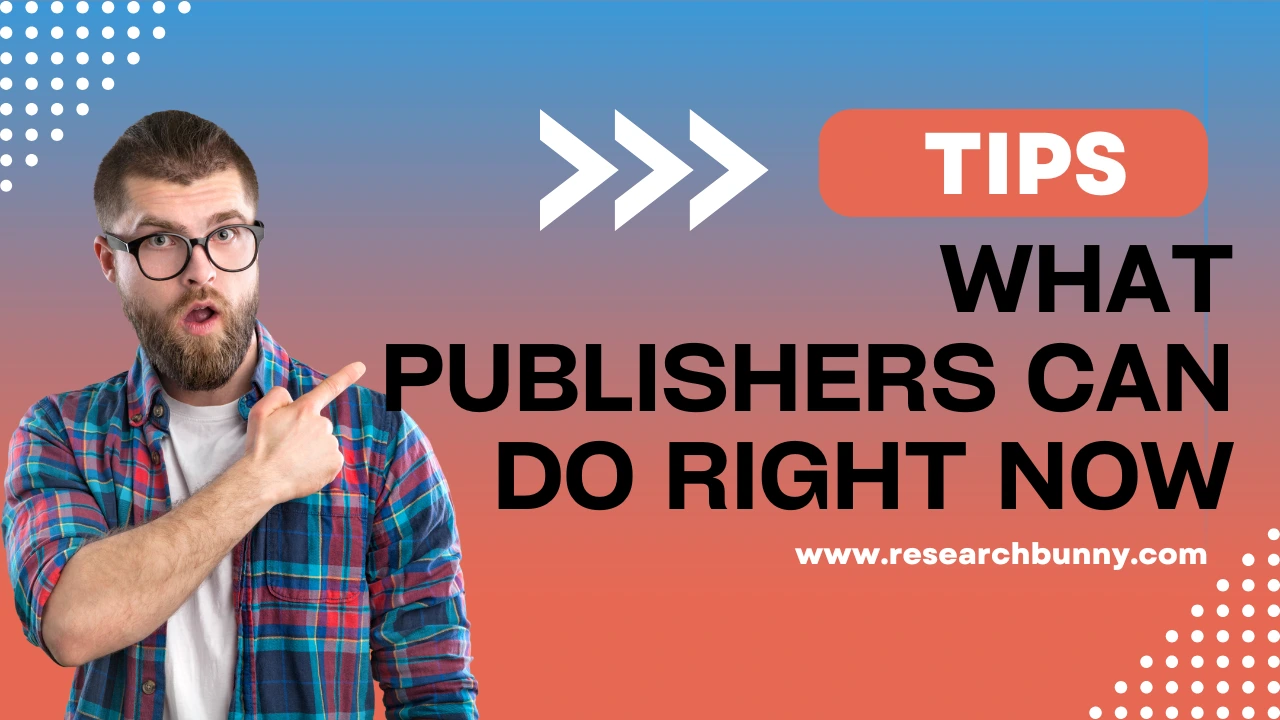
How to Turn One Research Paper into a Multimedia Showcase
Have you ever poured your heart into a research paper, only to find that it disappears into the academic ether? You’re not alone. Each year, millions of research papers are published, but up to 40% remain undiscovered—not because they lack value, but because they fail to leap across language barriers, jargon, and inaccessible formats. What if you could turn your single research paper into a captivating multimedia showcase, reaching more eyes, ears, and minds than ever before?
Let’s explore how you can amplify your research impact and engage a broader audience by transforming one paper into a dynamic, multimedia experience.
Why Go Multimedia? The Power of Many Formats
Most research papers are written in dense, technical language intended for a narrow audience. But knowledge shouldn’t be locked away. When you repurpose your research into various multimedia formats—audio, video, infographics, and interactive web pages—you unlock doors for students, researchers, policymakers, and even the curious public.
Benefits of a multimedia research showcase:
Step 1: Distill Your Research Paper’s Core Message
Before you dive into multimedia creation, ask yourself: What is the single most important idea or finding in my paper? Summarize your research in one or two sentences. This “core message” will anchor all your multimedia content, ensuring clarity and consistency across formats.
Step 2: Break Down the Content for Different Formats
Transform your abstract or summary into a short audio script. Aim for 5–15 minutes, focusing on key findings, relevance, and potential impact. Use clear, conversational language—imagine you’re explaining your work to a friend.
Highlight your methodology, results, or implications using simple visuals. Tools like Canva or Piktochart make it easy to create graphs, timelines, or flowcharts that break down complex data.
Record a video explainer or animation. This could be a “talking head” video of you discussing your findings, or an animated walkthrough of your research process. Keep it concise—2–3 minutes is often enough to spark interest.
Build a dedicated page where visitors can explore your research through text, visuals, and embedded media. This might include downloadable datasets, image galleries, or interactive maps.
Step 3: Speak to Multiple Audiences
Academic peers crave detail, while the general public wants relevance. As you adapt your content, consider who you’re speaking to. Use plain language where possible, and provide context:
Step 4: Distribute Widely and Wisely
Creating multimedia is only half the journey—the other half is sharing it. Post your infographics on Twitter or LinkedIn, upload your audio briefs as podcasts, and embed your videos on your university or personal website. The more places your research lives, the more likely it is to be discovered.
How ResearchBunny Supercharges Your Multimedia Showcase
Transforming a research paper into multimedia can feel overwhelming, especially if you lack design or tech skills. That’s where ResearchBunny steps in. Our AI-powered platform makes it effortless to amplify your research:
With ResearchBunny, you don’t just publish—you connect, engage, and inspire across borders and disciplines.
Your Research Deserves to Be Seen—and Heard
In a world awash with information, your research should stand out—not gather digital dust. By turning one research paper into a multimedia showcase, you make your insights more accessible, memorable, and impactful. Start small: create an audio summary, design a simple infographic, or launch a ResearchBunny Page. Every new format is a new opportunity for your work to change minds—and maybe, just maybe, the world.
Skip the jargon. Hear key insights from real papers in 15 minutes or less in your language.

Get notified every time we post a new blog















